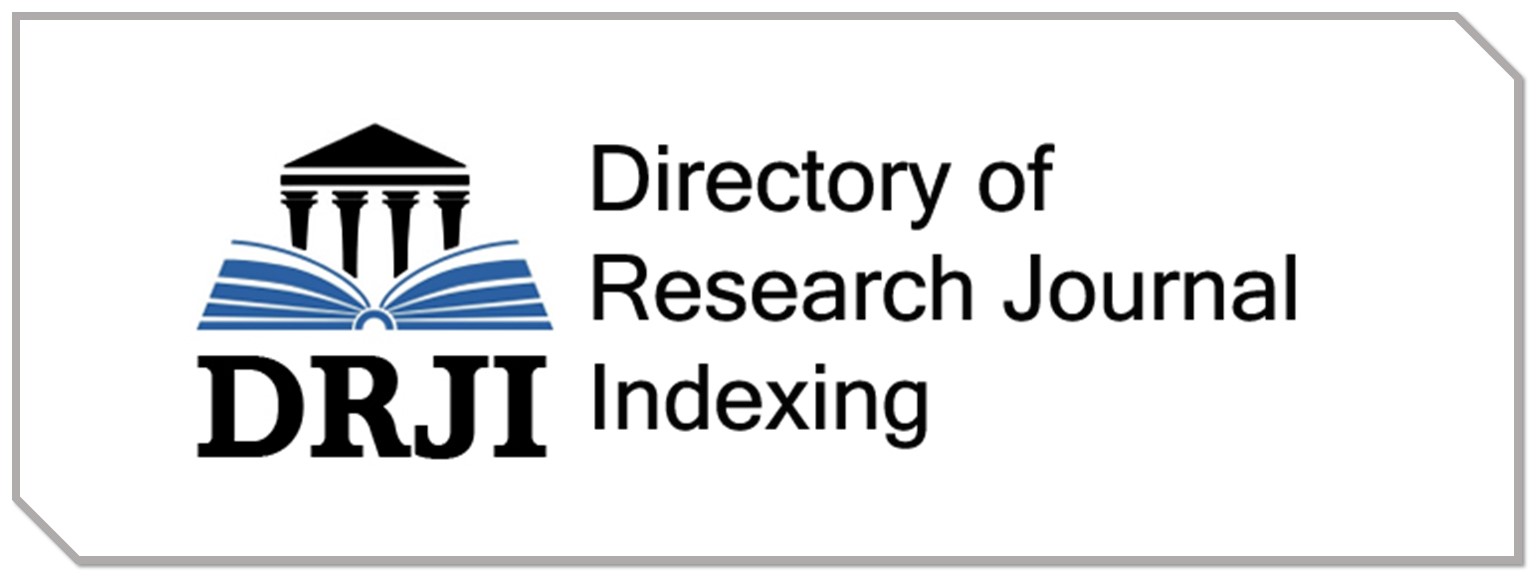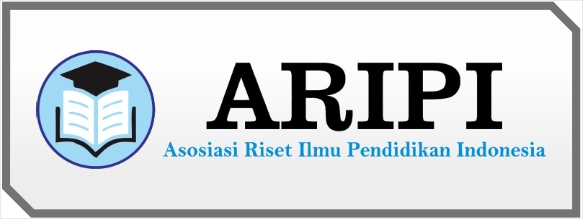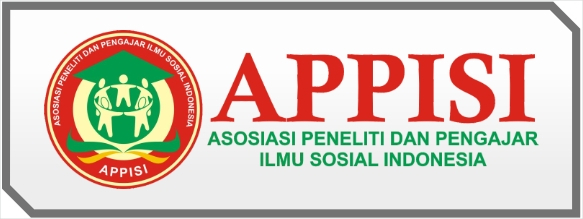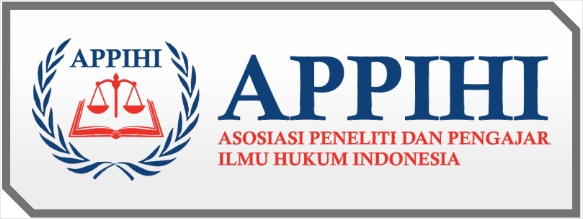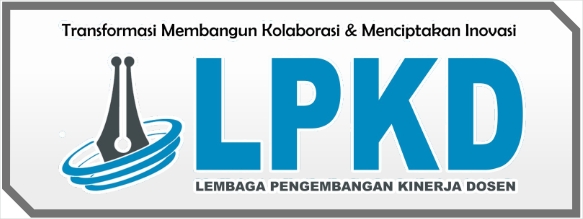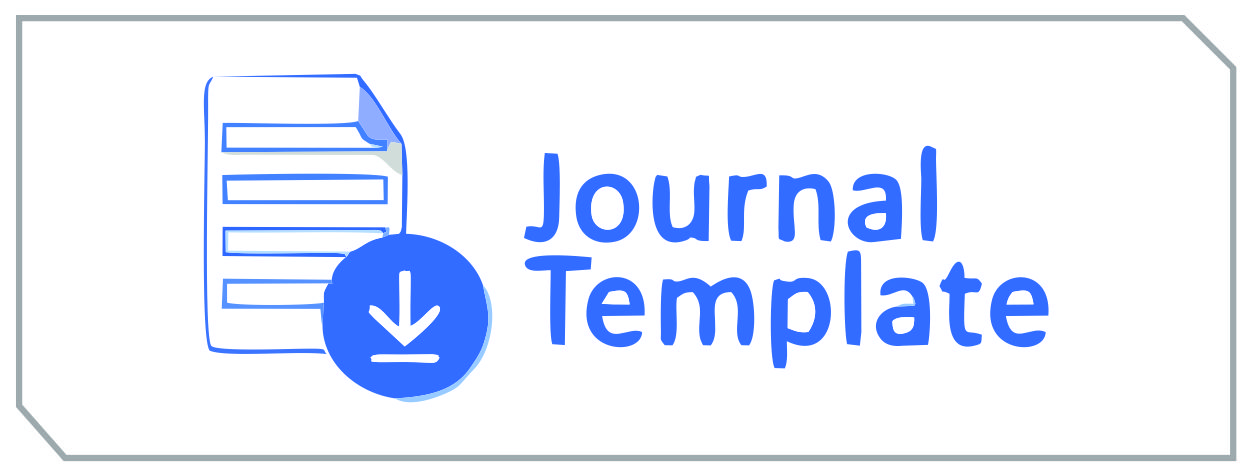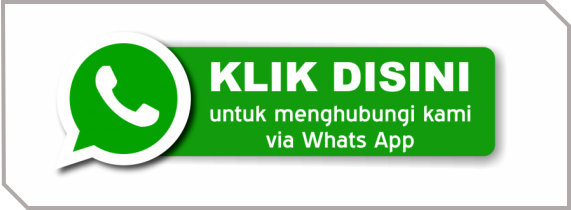IMPLEMENTASI PEMBELAJARAN BERBASIS TEKNOLOGI INFORMASI DAN KOMUNIKASI DENGAN MENGGUNAKAN KOMPUTER MULTIMEDIA DALAM PEMBELAJARAN PAI DI SDIT MUTIARA KOTA PARIAMAN
DOI:
https://doi.org/10.55606/inovasi.v1i2.133Kata Kunci:
ICT, Islamic Religious Education, multimediaAbstrak
The aim of this research is to reveal how Islamic religious education teachers utilize information and communication technology media in the form of computer multimedia in learning. The research method used is descriptive qualitative, research sources consist of events, teachers and several students selected purposively, data is obtained through observation, interviews and documentation studies, the data that has been collected is then analyzed using an interactive approach. The results of the research show that the principal determines ICT-based learning by using multimedia computers in each lesson, PAI teachers carry out ICT-based PAI learning planning using multimedia computers, evaluation of the use of multimedia computers in PAI learning is carried out by PAI teachers themselves to find deficiencies in the implementation of learning. using a multimedia computer.
Referensi
] R. Hakim, Khadijah, M. Ritonga, W. Susanti, and Rahmi, “Institute Quality Improvement Through Management Training of Accreditation Preparation in TK Aisyiyah Bustanul Athfal Padang,” in Proceedings of the International Conference of Early Childhood Education (ICECE 2019) Institute, 2020, vol. 44, no. Icece 2019, pp. 55–65, doi: 10.2991/assehr.k.200715.012.
] M. Yusuf, M. Ritonga, and M. Mursal, “Implementasi Karakter Disiplin dalam Kurikulum 2013 Pada Bidang Studi PAI di SMA Islam Terpadu Darul Hikmah,” J. Tarbiyatuna, vol. 11, no. 1, pp. 49–60, 2020, doi: 10.31603/tarbiyatuna.v11i1.3437.
] A. Rusydi, “Tafsir Ayat Kauniyah,” J. Ilm. AL QALAM, vol. 9, no. 17, pp. 117–142, 2016.
] S.Nusroh and E. L. F. Ahsani, “Analisis Kesulitan Belajar Pendidikan Agama Islam (PAI) Serta Cara Mengatasinya,” Belajea J. Pendidik. Islam, vol. 5, no. 01, pp. 71–92, 2020, doi: 10.29240/belajea.v4i2.891.
] L. Marlini, “Problematika Peserta Didik TinggalKelas (Studi Kasus di MTs Negeri 10 Pesisir Selatan),” Ruhama Islam. Educ. J., vol. 1, no. 2, pp. 66–79, 2018.
] M. Ritonga, A. Nazir, and S. Wahyuni, “Pembelajaran Bahasa Arab Berbasis Teknologi Informasi Dan Komunikasi Di Kota Padang,” Arab. J. Pendidik. Bhs. Arab dan Kebahasaaraban, vol. 3, no. 1, pp. 1–12, 2016, doi: 10.15408/a.v3i1.2879.
] M. Ritonga, A. Nazir, and S. Wahyuni, Pengembangan Model Pembelajaran Bahasa Arab Berbasis Teknologi Informasi & Komunikasi dalam Dialektika Revolusi Industri 4.0. Yogyakarta: Deepublish, 2020.
] E. Susanti, M. Ritonga, and B. Bambang, “Pengaruh Penggunaan Media Powerpoint Terhadap Minat Belajar Bahasa Arab Siswa,” Arab. J. Bhs. Arab, vol. 4, no. 1, p. 179, 2020, doi: 10.29240/jba.v4i1.1406.
] H. Almarabeh,E. F. Amer, and A. Sulieman, “The Effectiveness of Multimedia Learning Tools in Education,” Int. J. Adv. Res. Comput. Sci. Softw. Eng., vol. 5, no. 12, pp. 761–764, 2015, [Online]. Available: https://www.researchgate.net/publication/290429349_The_Effectiveness_of_Multimedia_Learning_Tools_in_Education.
] S. M. Noer, M. Ritonga, R. Ekawati, V. W. Septiana, and D. Susanti, “Compact Disc Interactive Design Tutorial and Effect on the Improvement of Learning Network Computer Lessons,” Int. J. Adv. Sci. Technol., vol. 29, no. 8, pp. 457–467, 2020.
] Fatimah, “Kontribusi Komite Sekolah dalam Meningkatkan Kualitas Pendidikan Agama Islam di MTsN VIII Koto Padang Sago Kabupaten Padang Pariaman,” Ruhama Islam. Educ. J., vol. 1, no. 2, pp. 50–65, 2018.
] S. Ghavifekr and W. A. W. Rosdy, “Teaching and Learning with Technology: Effectiveness of ICT Integration in Schools,” Int. J. Res. Educ. Sci., vol. 1, no. 2, pp. 175–191, 2015.
] P. Ogrutan and L. E. Aciu, “Laboratory Works Designed for Developing Student Motivation in Computer Architecture,” TEM J., vol. 6, no. 1, pp. 3–10, 2017, doi: 10.18421/TEM61-01.
] E. Subkhan, “The Urgency of Philosophical and Sociological Perspective on Educational Technology Edi,” Indones. J. Curric. Educ. Technol. Stud., vol. 7, no. 1, pp. 53–57, 2019, doi: 10.15294/ijcets.v6i2.29577.
] S. A. Husna, M. Ritonga, A. Lahmi, R. Saputra, and S. Ayu, “The Teachers Unpreparedness in Carrying Out Islamic Education Learning using the Revised 2013 Curriculum in Elementary School,” Eur. J. Mol. Clin. Med., vol. 7, no. 2, pp. 1520–1528, 2020.
] Tisnelly, M. Ritonga, and A. Rasyid, “Kompetensi Guru Pendidikan Agama Islam Madrasah Ibtidaiyah Negeri 1 Pasaman Barat Pasca Sertifikasi,” Ruhama Islam. Educ. J., vol. 3, no. 1, pp. 45–56, 2020, doi: https://doi.org/10.31869/ruhama.v3i1.1940.
] M. Ritonga, “Internet, Pesantren and Management Strategies Educational Building,” SSRN Electron. J., vol. 29, no. 4, pp. 2827–2836, 2021, doi: 10.2139/ssrn.3754831.
] A. P. Gilakjani, “A Study on the Impact of Using Multimedia to Improve the Quality of English Language Teaching,” J. Lang. Teach. Res., vol. 3, no. 6, pp. 1208–1215, 2012, doi: 10.4304/jltr.3.6.1208-1215.












